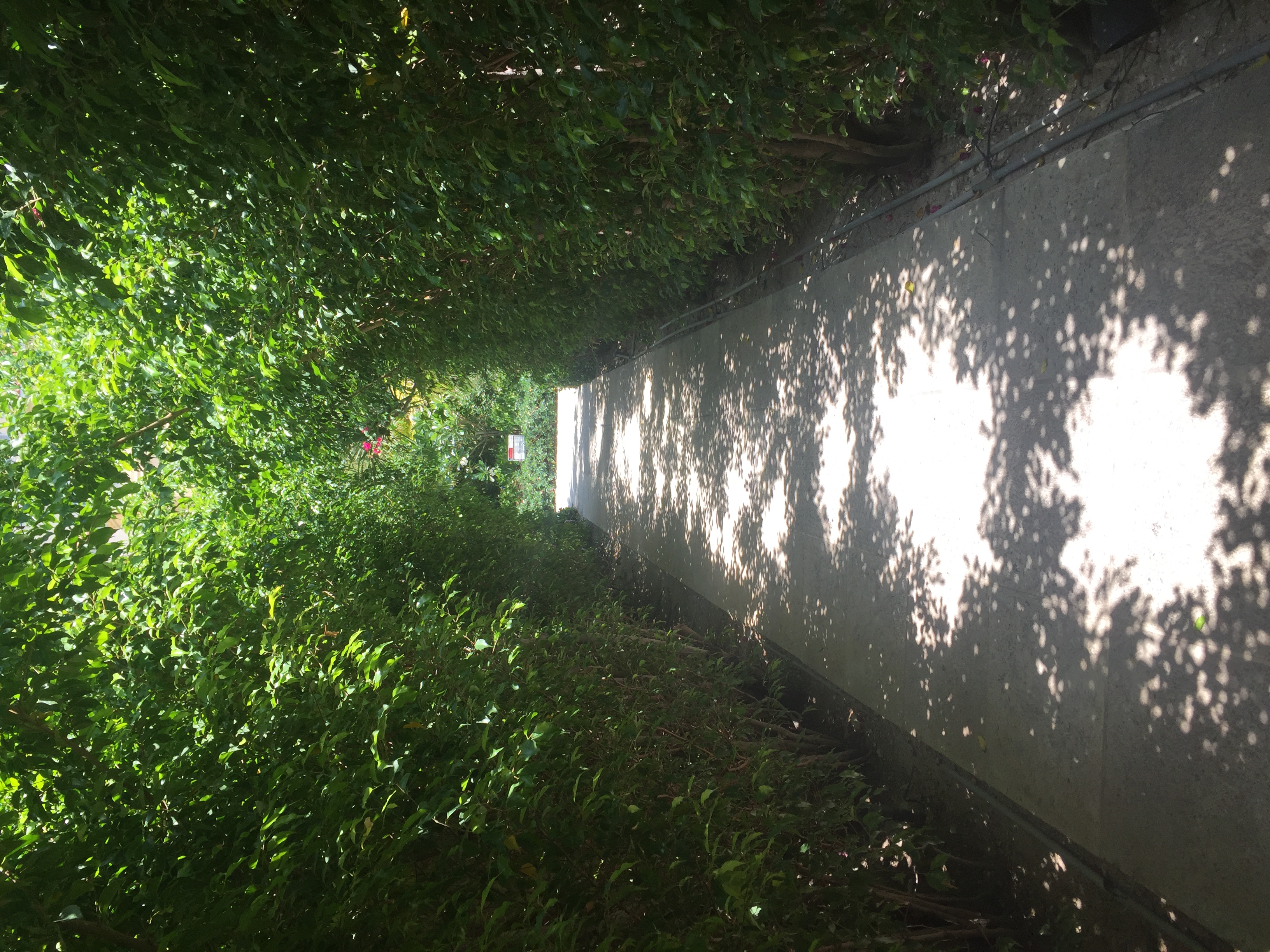Tu Bishbat - ט''ו בשבט

In Halab there was a Judeo-Arabic folk song for this
holiday.
Ishoo khabar ya rijal, leyla 'anna 'eid ilsjar, ishoo khabar
ya rafool, jai l'anna 'eid ilfool
welama jaboo ilsehoon, tabahalaqet
il'oyoun, daqn t'od wdaqn tqoum, wedaqn tekanes ard ildar
welama jaboo
sahn ilseliqah, wejdidah ma hi 'atiqah, bidah shweyet dibs miriqah,
wehashouqtein yekounou kbar.
welama jaboo il'atayef, bilsamn wil'asal
tayef, ishbak ya rijal khayef, mo kil leileh 'eid ilsjar
lama jaboo sahn
ilbortoqan iltrabilsi, min rihto hafet nafsi, welama hatto 'alkirsi, fahet rihto
biard ildar
welama jaboo ilkishmesh, wahed yihfen wewahed yikmesh, sar
ilkhatyaryid'ames, ma khaloloula shi min 'eid ilsjar
welama jaboo ilaraq,
wahed jan womashtalaq, welama has ansabaq, min farahtoh be'eid ilsjar
weyamara afarshi ildar, qoumi indahi liljar, ishbak khayef ya rijal, mo kil
leileh 'eid ilsjar

